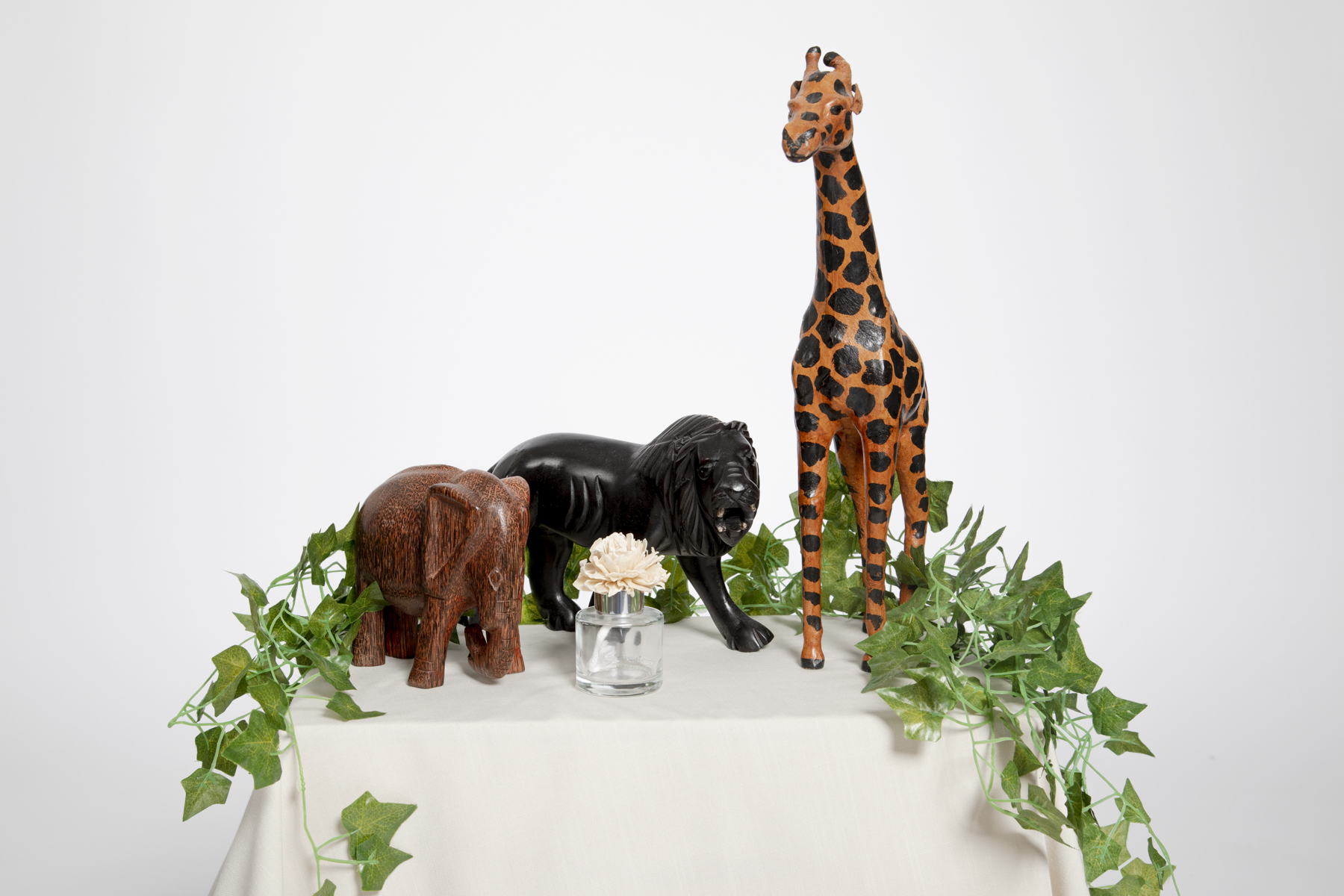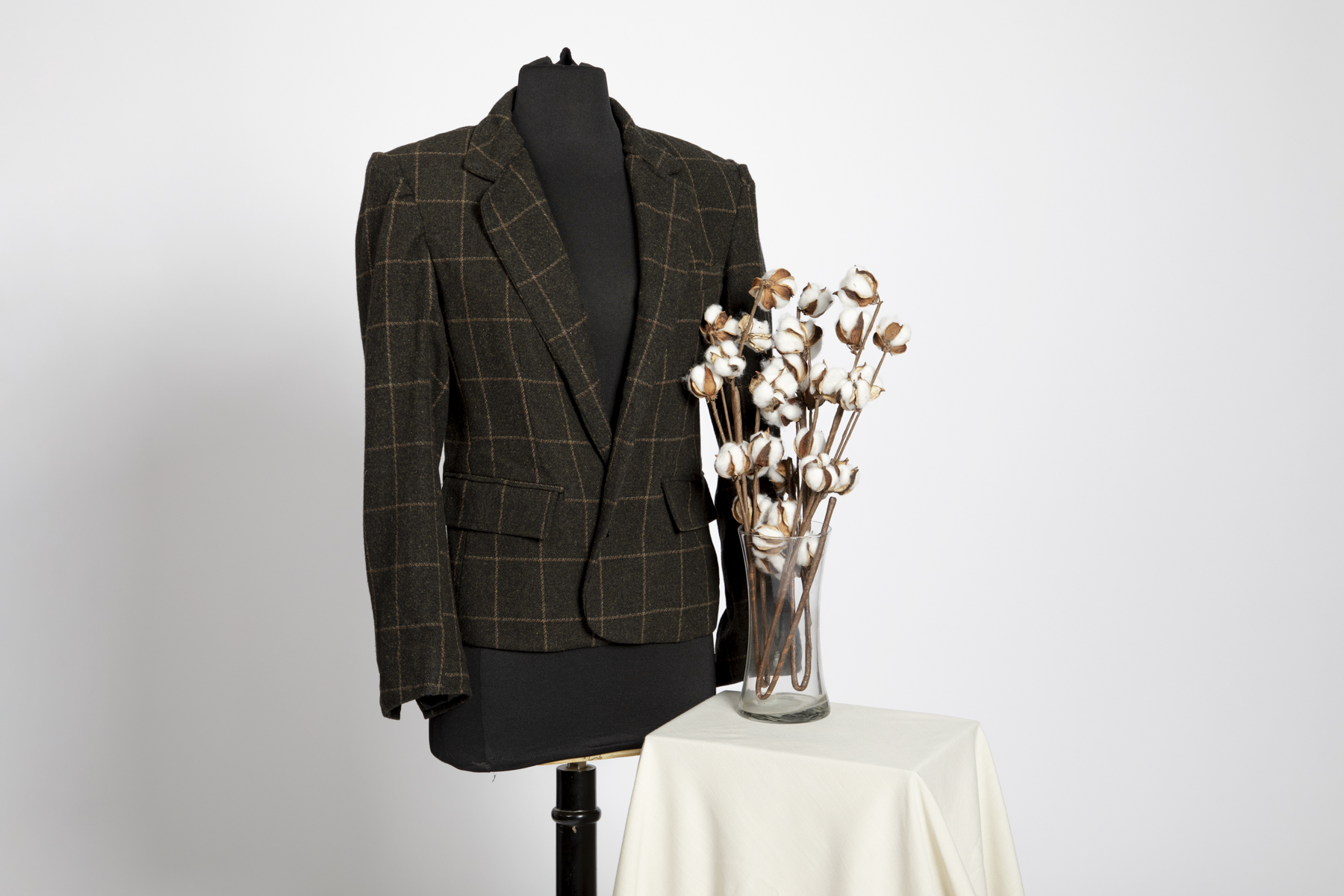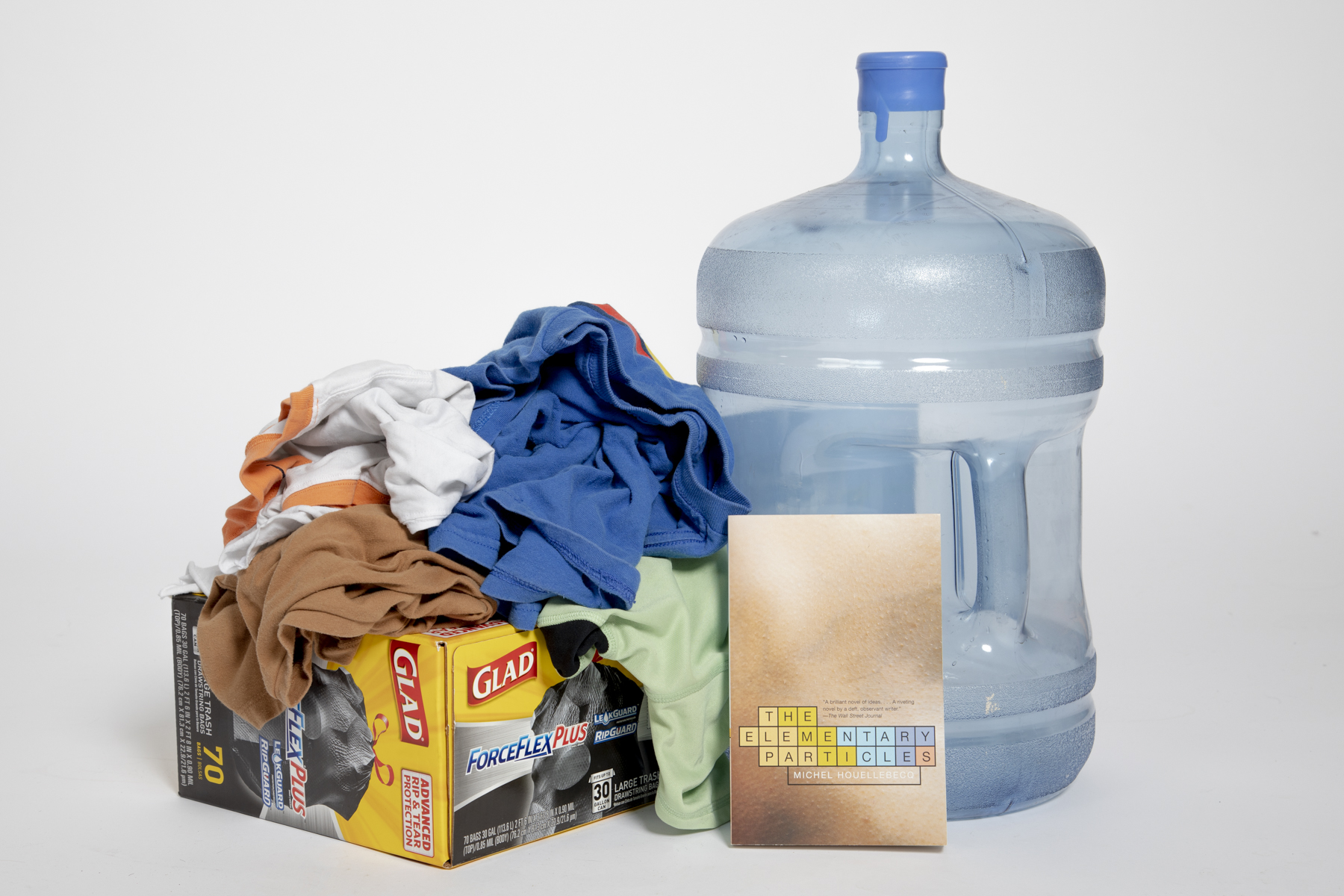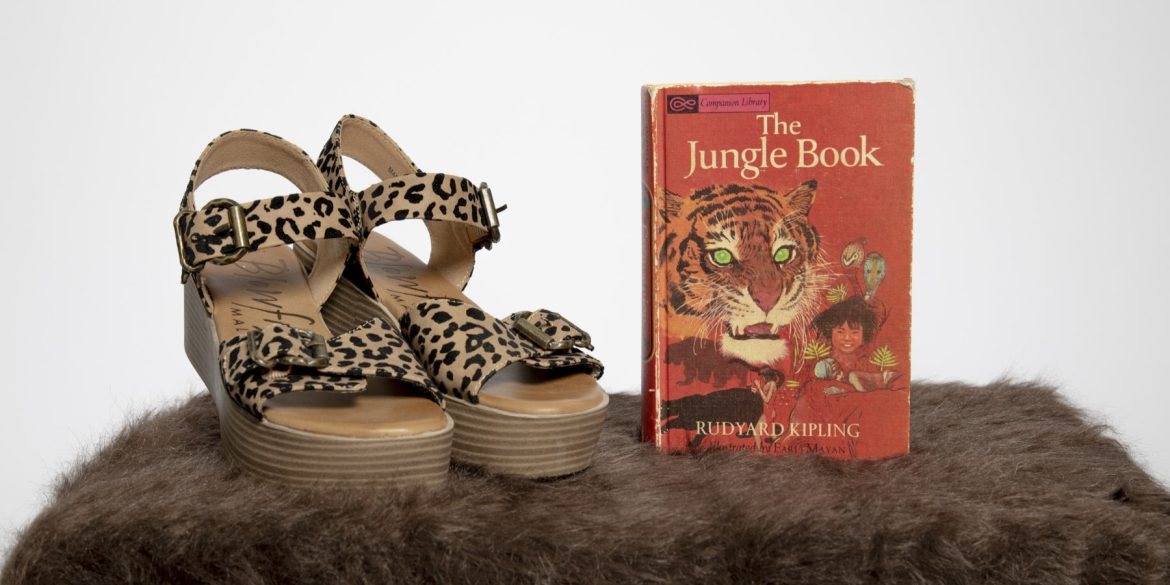Humans make many sacrifices throughout the day. Most times our sacrifices are conscious and beneficial and only go as deep as choosing to wake up early on a day off instead of sleeping in till noon. Choosing the clothes we wear over other clothes is one of the most common sacrifices we make each day, but it is much more complicated and devastating than choosing to wear brown over pink or choosing to wear gold jewelry over silver. The sacrifices we make based on clothing choice can go as deep as choosing which type of animals we would rather save over others or choosing to support illegal textile production over safe production. All of these problems start at the beginning of a garment’s life. It starts with the fibers and where they come from. It starts with choosing life or choosing artificial.

Choosing Natural
We’ve all heard it a lot in the past decade. Go natural! Choose natural! 100% natural! I will sit here and vote for natural every day, hour, and second of my life, but in today’s world, it’s just not practical.
Natural fibers come from anything that naturally (duh) occurs on Earth such as plants, animals, or minerals. Most people automatically think of the violent and dangerous ways that fibers and fabrics are obtained from animals, turning them off to the whole idea. They forget that there is a whole plethora of textiles produced from plants (things that don’t have eyes you have to look into when you pluck them from the Earth) such as cotton, linen, and jute. Humans naturally want to find fault and forget that there is a way to harvest natural fibers from animals that is not dangerous to them such as silk from silkworms and wool from sheep or alpacas.
There is however the big problem of animal poaching that comes with the want of exotic furs from far away countries. A lot of times animal poaching is the main reason why an animal is close to being endangered or is endangered. More than 100,000 African elephants were killed between 2014 and 2017 for their ivory tusks alone and in 2021 they were listed as an endangered animal.
I am all for choosing natural fibers over synthetics (including animal skins) but I have an enormous problem with this. 1. because it is illegal in those countries and unnecessary to kill an animal like an elephant but also because of 2. the enormous waste that comes with only killing an animal for something that is a fraction of its body weight. There is so much waste that comes from discarding practically a whole elephant. Try 13,000 pounds!
Oppositely, think about how many people already eat cow, chicken, and fish meat. There is already an abundant amount of skin that goes to waste when animals are killed purely for their meat. Wouldn’t it make more sense to find a use for the rest of the animal? Stuff pillows with chicken feathers or make furniture with cow leather, anything so that the food industry (an industry that will remain strong in meat production for forever) can fuel the fashion industry (also an industry that will remain strong in fast/cheap production) and no waste is required.

Choosing Synthetic
In my opinion, just don’t do it, but then again every piece of clothing on my body contains some type of synthetic material as I write this. Synthetics are hard to escape when people change their closets every season and want to do it on a budget.
Things made from one hundred percent natural fibers are usually more expensive and higher quality. They are the items that are meant to be splurged on a little more and the items you are meant to cherish for years, but no one still wears the same sweater that was in trend two years ago. If you don’t have the next best thing every couple of months you’re done (dramatically, like they do on TikTok). That’s where the synthetics come in.
Synthetics are great (on the surface) because they can mimic natural fibers at much cheaper prices. They’re usually more durable, have anti-wrinkle properties, are stain resistant, offer moisture wicking, and blah blah blah, BUT they require a substantial amount of toxic chemicals in production which emit toxic pollutants and pose various health problems. If you’re reading this right now and sipping from one of those reusable straws in order to “save the turtles,” I hope you’ve given the same consideration to the clothes you’re wearing on your person. Washing one load of synthetically made clothing can release thousands of plastic fibers into the ocean where it is ingested by ocean life. From there it inserts itself into the food chain where it eventually ends up on our very own plates. In fact most of the plastic that resides in the ocean doesn’t result from larger products-like cups or straws-but from broken down shreds of plastic including the microfilaments in clothing.

Choosing what clothing, accessories, or even furniture to purchase doesn’t have to be such a challenge or sacrifice. It’s all about choosing what you’re comfortable with.
Don’t want to kill animals of any kind even if it’s done with sense and sustainability in mind? Choose plant-based fiber clothing.
Okay with fibers that have come from animals? Do a little research. Don’t buy from brands that source from poachers and use the entirety of the animal in a resourceful type of way, or purchase items that utilize fibers obtained from animals in a healthy way.
Can’t afford the more expensive clothes made from 100% natural plant fibers but don’t want to buy synthetics either? Buy your clothes from used or secondhand stores. If we can’t stop the production of synthetically made clothes the least we could do is wear the ones we have. Washing less frequently will also slow the amount of fibers that are released from our washing machines into the ocean. Does that pair of jeans you only wore once this week really need to be included in your load of laundry?
There are lots of options when it comes to clothing and all decisions will come with sacrifices, but it’s about deciding which sacrifices you want to make over others.




